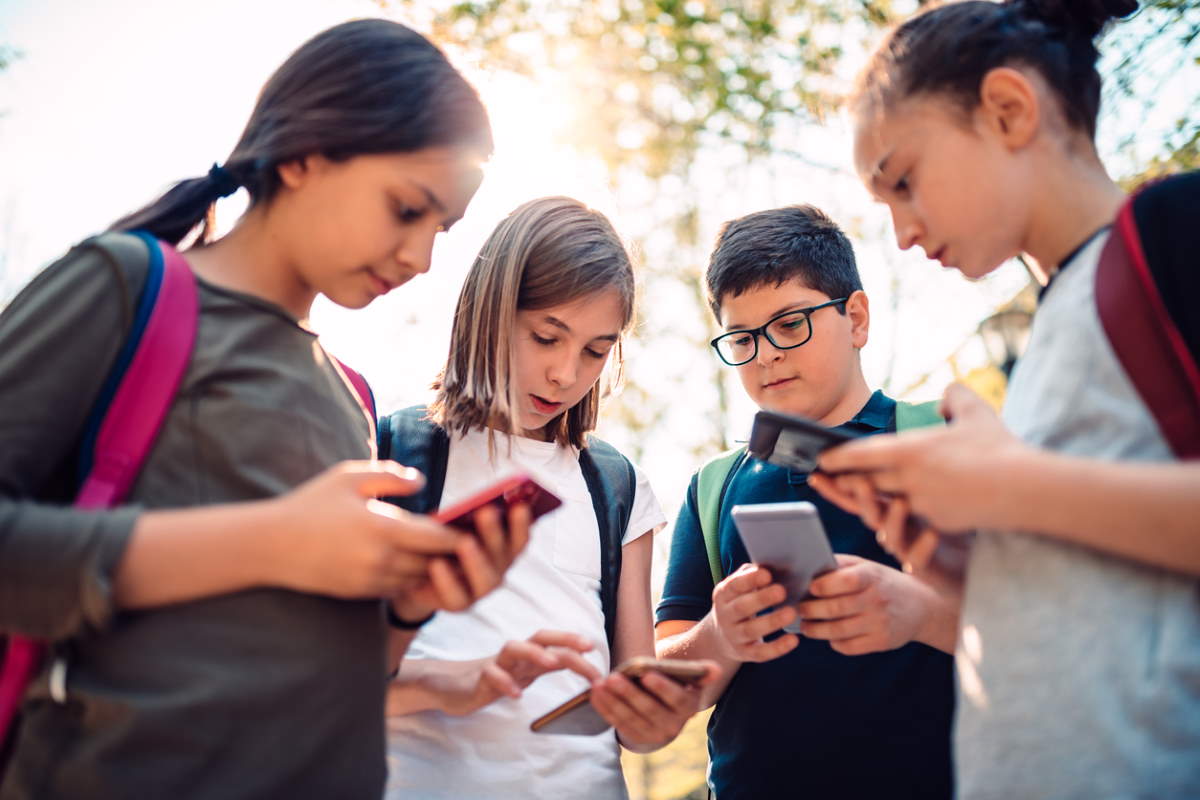AI IN EDUCATION: Exploring the Role of AI in Education: From Data Analysis to Student Interaction
Recently, the Indian Govt built AI Chatbot Tool and tested, and developed it for students to help them with homework and get education on WhatsApp
There are already many instances of AI being used in the field of education.
AI can help with many crucial educational needs, including gaining insight from data analysis, automating procedures, and interacting with staff and students.
What is more interesting is to explore how AI language models like ChatGPT can be used to improve education and awareness of government schemes:
The Indian government is leveraging ChatGPT, an artificial intelligence chatbot supported by Microsoft, to develop an educational tool that would allow school students to receive answers to questions related to their curriculum in any Indian language, besides English.
On one side, while there have been concerns about the misuse of ChatGPT by students for completing their academic assignments, the government is turning the fear on its head and utilizing the tool for educational purposes on the other.
A video demonstration of the tool, showed a school student posting a voice message of a math query in Hindi on a WhatsApp chat.
The tool was able to convert the voice note into a Devanagari script text and provide the answer in a matter of seconds.
In a separate case, the student sent a screenshot of a math question from their textbook to the WhatsApp chatbot and received a quick solution.
To develop the first version of this educational tool, several tech platforms were utilized including the government’s Bhashini platform which employs AI to translate between languages, the Diksha platform which digitizes school curriculum, the messaging platform WhatsApp, and the ed-tech platform Doubtnut.
The intended functioning of the educational tool is as follows:
- A student will post a question in a vernacular language on the WhatsApp chatbot.
- The question will be translated to English in the backend by Bhashini.
- Then, ChatGPT will process the question, drawing upon its training from DIKSHA and Doubtnut’s lesson repository.
- Once ChatGPT generates an answer, Bhashini will translate it back into the language of the original question and post it as a reply to the student’s WhatsApp query.
A senior government official, when asked about the launch timeline for the tool, stated that it would be launched “soon” after the completion of the testing phase.
- As per the official, the integration of WhatsApp APIs with Bhashini APIs and ChatGPT APIs allows users to ask any question on the WhatsApp interface in any language of their choice and receive the answer.
- The tool also supports audio notes, so users can ask questions using audio and receive responses in the same format.
According to the official, this tool ensures digital inclusion for everyone, particularly for those who may not be able to type in their questions.
With the tool’s support for audio notes, users can post their queries through audio notes in their preferred language and receive an answer in the same format.
This makes it easier for everyone to access the information they seek.
Next Level Upgrade
- The government has already begun working on the next phase of this project, which will focus on feature phones that do not have access to WhatsApp.
- To enable this, the government is currently testing the integration of ChatGPT and Bhashini with feature phones.
- Once this is completed, individuals will be able to call a toll-free number, ask their questions, and receive responses in real time.
- This will further increase the accessibility and inclusivity of the tool for those who do not have access to smartphones or the internet.
Overall, AI language models like ChatGPT have the potential to improve education and awareness in various ways, but their effectiveness ultimately depends on how they are implemented and used.
Schools in particular, and education in general the tool can be used for
- Democratization of school education in vernacular languages: AI language models can help in developing natural language processing (NLP) tools that can accurately translate complex concepts and educational materials into different languages.
- This can help in making education more accessible to students who are not fluent in the primary language of instruction.
- Spreading awareness about government schemes:
- AI in education language models can be used to develop chatbots and virtual assistants that can answer questions and provide information on various government schemes.
- These chatbots can be integrated into government websites and social media platforms to reach a wider audience and improve the accessibility of information.










